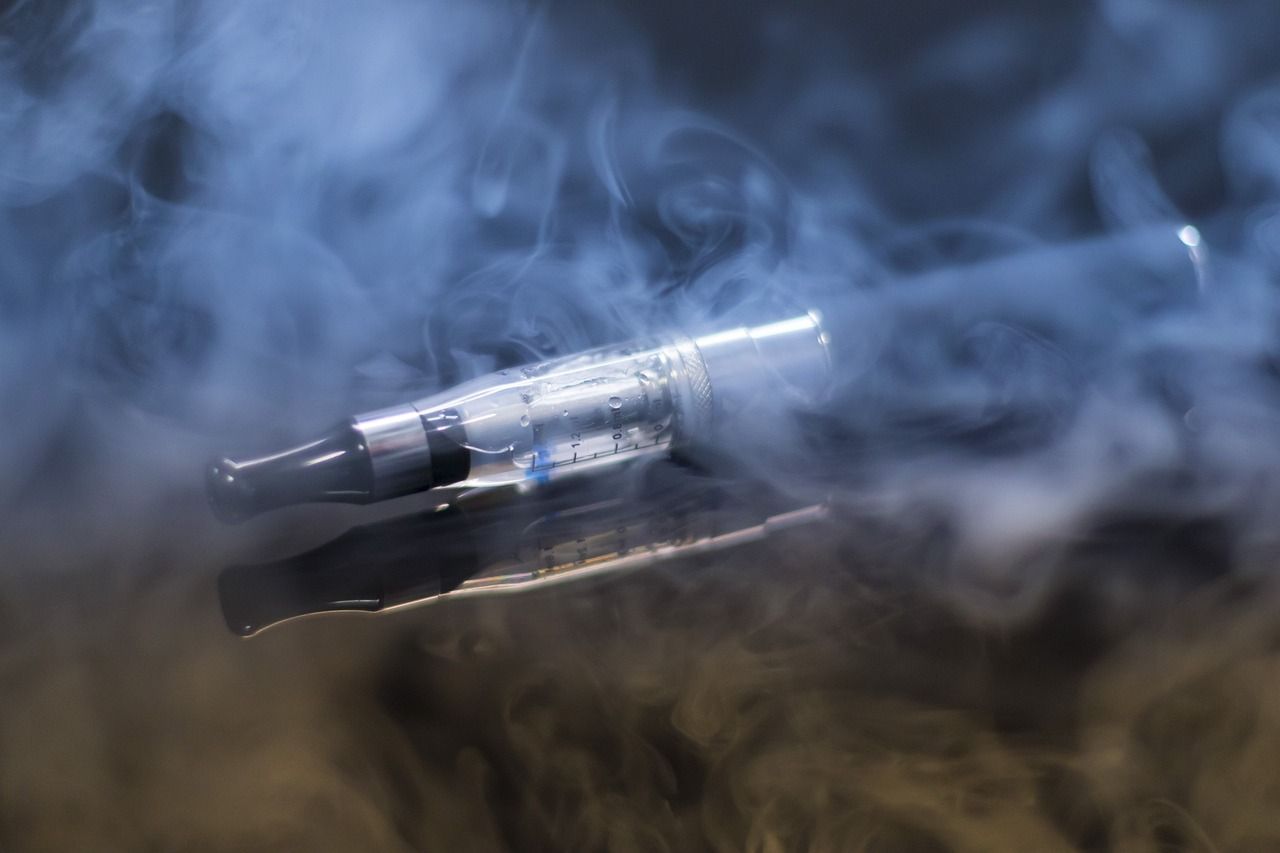Teenager develops "popcorn lung" from vaping 🫁
Follow us on Google News (click on ☆)
The disease, known as "popcorn lung," is linked to inhaling diacetyl, a buttery flavoring. This compound, harmless when ingested, becomes toxic when inhaled, causing irreversible lung damage.

Illustration image from Pixabay
Diacetyl was identified as the cause of lung problems in popcorn factory workers in the 2000s, hence the name of the disease. Today, it is resurfacing with vaping, particularly among young people attracted to sweet flavors.
Regulations vary significantly from country to country. While the EU and UK ban diacetyl in e-cigarettes, the U.S. has not adopted similar measures, leaving consumers exposed to potentially dangerous products.
Diacetyl alternatives, such as acetoin and 2,3-pentanedione, are not necessarily safer. These substitutes, also used in e-liquids, may pose similar risks to lung health.
Teenagers are particularly vulnerable to the effects of vaping. The variety of available flavors, from bubblegum to iced mango, masks the presence of potentially harmful chemicals when inhaled.
Recent research underscores the urgency of better regulating the vaping industry. Improved awareness of risks and stricter control of ingredients could prevent new cases of vaping-related lung disease.
What is diacetyl and why is it dangerous?
Diacetyl is an organic compound used as an artificial flavoring in food products to give a buttery taste. It is commonly found in microwave popcorn, dairy products, and some baked goods.
When inhaled, diacetyl can cause bronchiolitis obliterans, a serious disease that damages the small airways in the lungs. This condition is often irreversible and may require a lung transplant in the most severe cases.
Popcorn factory workers were the first to suffer from this disease, hence the name "popcorn lung." Today, users of flavored e-cigarettes are also at risk, especially frequent vapers.
Despite its ban in e-cigarettes in Europe, diacetyl and its substitutes continue to be used in other regions, exposing consumers to significant health risks.
How does vaping affect teenagers' lung health?
Vaping has become a popular trend among teenagers, attracted by the variety of flavors and the perception of lower risk compared to tobacco. However, this practice is not without danger to their lung health.
E-liquids often contain chemicals that, when heated and inhaled, can damage the lungs. This damage may manifest as symptoms such as coughing, shortness of breath, and persistent fatigue.
Recent studies have linked vaping to an increase in respiratory symptoms among young people. Some flavors, such as fruit or candy-based ones, appear particularly associated with these issues.
Prevention and education are essential to protect teenagers from the risks of vaping. Awareness campaigns and stricter regulations could help reduce the incidence of vaping-related lung diseases.